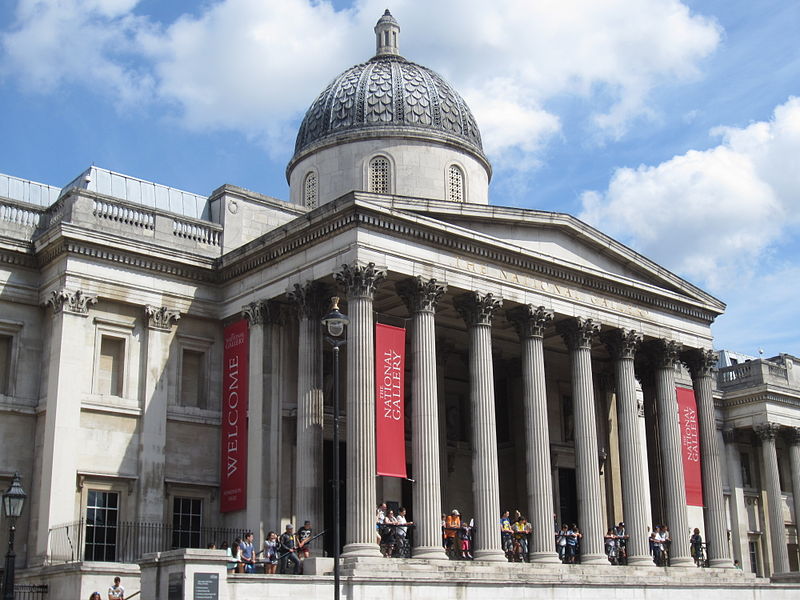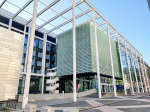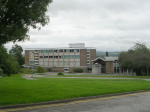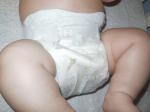
London's renowned National Gallery, nestled in Trafalgar Square, is not just a haven for art enthusiasts but now also a site of archaeological significance. In preparation for its upcoming
bicentennial celebrations, the gallery initiated redevelopment work on its premises, leading to an unexpected discovery.
During excavation beneath the gallery, construction workers stumbled upon a trove of artifacts hinting at the presence of an ancient Saxon settlement. Promptly alerting archaeologists, the project took an unexpected turn as University College London's Archaeology South-East team took charge of the excavation.
Their findings unveiled traces of Lundenwic, a Saxon settlement dating back to the 7th century, previously known to historians but now yielding fresh insights. Senior archaeologist Stephen White, leading the excavation, revealed that the extent of Lundenwic's urban center surpassed earlier estimations, expanding further westward than previously documented.
Situated approximately a mile west of the Roman town of Londinium, founded centuries earlier in 47 BC, Lundenwic's discovery sheds new light on London's ancient history. Among the discoveries was a fireplace hearth, meticulously dated to a timeframe between 659 and 774 AD, offering a glimpse into everyday life in this early medieval settlement.
Engaging the community in this archaeological endeavor, London students were given the unique opportunity to witness the excavation firsthand, enriching their understanding of the city's rich heritage. Reflecting on this collaboration, Stephen White emphasized the excitement sparked by involving young residents in uncovering the past.
For Sarah Younger, the National Gallery's project director, this unexpected find adds to the institution's legacy, intertwining its redevelopment with London's historical fabric. She expressed the gallery's honor in contributing to this archaeological endeavor, envisioning its role in shaping London's narrative for generations to come. Photo by Benhard Cranach, Wikimedia commons.








































